Nijo Castle
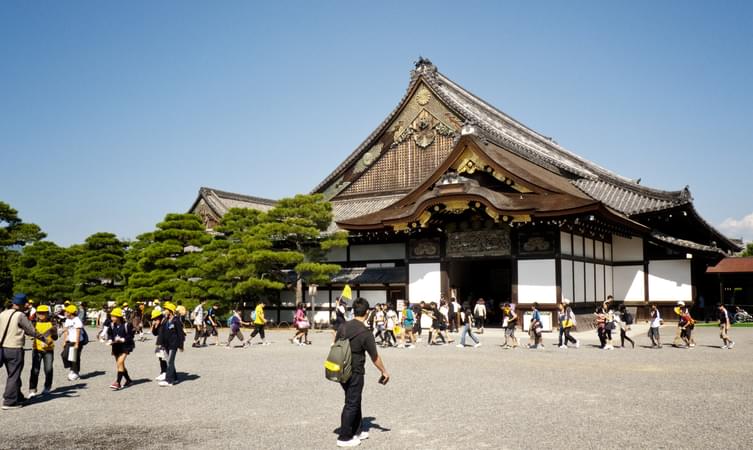
Nijo Castle was constructed in the year 1603 in Kyoto, Japan. It is a historical site that signifies Japanese culture and serves as the Kyoto residence of Tokugawa Ieyasu. The castle complex covers 275,000 square meters, showcasing Japanese architecture with two rings of fortifications, Ninomaru Palace, Honmaru Palace, and gardens. The Ninomaru Palace is primarily known for its nightingale floors. This is because everytime tourists walk through these floors, it makes a chirping sound.
Top Experiences To Do in Nijo Castle


The Kyoto National Museum showcases Japan's rich cultural heritage through its vast collection of traditional art, ceramics, and historic artifacts. Established in 1897, it features exhibitions in its Meiji-era architecture and modern Heisei Chishinkan Wing. Visitors can explore both permanent and special displays, offering insights into Japan’s artistic and historical legacy.

The Kyoto International Manga Museum is a dream destination for manga enthusiasts and a cultural treasure trove that celebrates the artistry of Japanese comics. Nestled in the heart of Kyoto, this museum beautifully blends entertainment, education, and art, making it a must-visit for locals and tourists alike.
Home to an impressive collection of over 300,000 manga, the museum caters to readers of all ages and interests. From vintage manga that captures the essence of early Japanese storytelling to contemporary works loved by global audiences, the museum offers a rich journey through the evolution of this beloved art form. Visitors can freely browse the "Wall of Manga," a towering shelf filled with books available to read on-site, creating a cozy and interactive atmosphere.
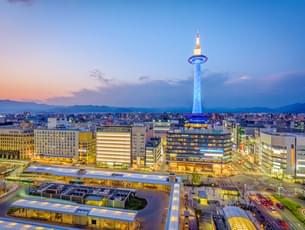
- 2H

- 1D
- Kyoto
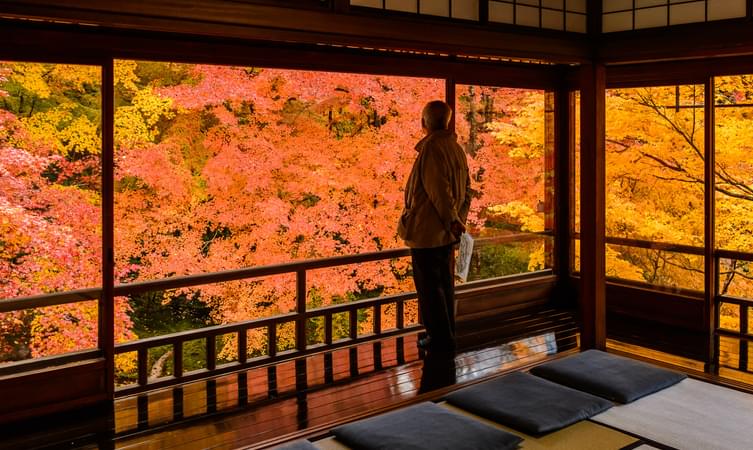
Ruriko-in Temple, nestled in the serene hills of Kyoto, is a captivating destination that offers a unique blend of historical elegance and natural beauty. Renowned for its exquisite architecture and tranquil gardens, Ruriko-in stands as a hidden gem within Kyoto's rich tapestry of cultural and religious sites.
Established in 1160 during the Heian period, Ruriko-in Temple is an important Zen Buddhist temple belonging to the Shingon sect. The temple's history and architectural design reflect its deep spiritual heritage and the artistic traditions of ancient Japan. Its most famous feature is the stunning hōjō (main hall), which boasts an intricately designed ceiling and beautifully painted sliding doors that depict scenes from nature and Buddhist iconography.

Famously known as the Golden Pavilion, Kinkaku-ji Temple is one of Kyoto’s most iconic landmarks, which was originally built in 1397. This Buddhist temple was officially named Rokuon-ji and is known for its stunning architecture and scenic beauty. Originally, the temple was constructed as a retirement villa; however, shogun Ashikaga Yoshimitsu converted it into a zen temple. Visiting Kinkaku-ji Temple is a must on any Japan trip.
Top Experiences To Do in Kinkaku-ji Temple
Explore Kinkaku-ji Temple
- 10H

- 11H

- 9H

Fushimi Inari Taisha, located in Kyoto, Japan, is a renowned Shinto shrine dedicated to Inari, the deity of rice, fertility, and prosperity. Established in 711 AD, the shrine is famous for its striking vermilion torii gates that form the Senbon Torii, a pathway leading up the wooded slopes of Mount Inari. Each torii gate is donated by individuals and businesses, bearing inscriptions reflecting their gratitude to Inari.
Top Experiences To Do in Fushimi Inari Taisha


- 1D
- Kyoto

- 1N
- Kyoto
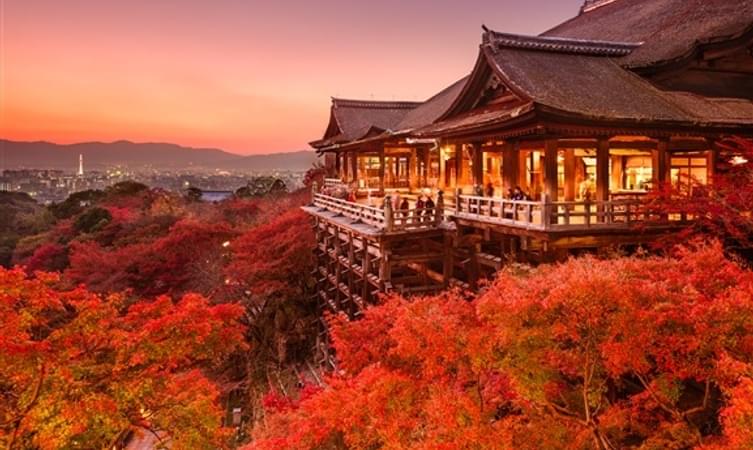
Kiyomizu-dera, a revered Buddhist temple nestled in the heart of Kyoto, Japan, is a testament to the country's rich cultural heritage and spiritual legacy.

Gion Corner, located in the historic Gion district of Kyoto, Japan, is a cultural hub that showcases traditional Japanese performing arts. This unique venue offers visitors a rare opportunity to experience a variety of classical art forms in one place. Performances include tea ceremony, ikebana (flower arranging), koto (Japanese harp) music, Gagaku (ancient court music), Kyogen (comic plays), Kyomai (Kyoto-style dance), and Bunraku (puppet theater).
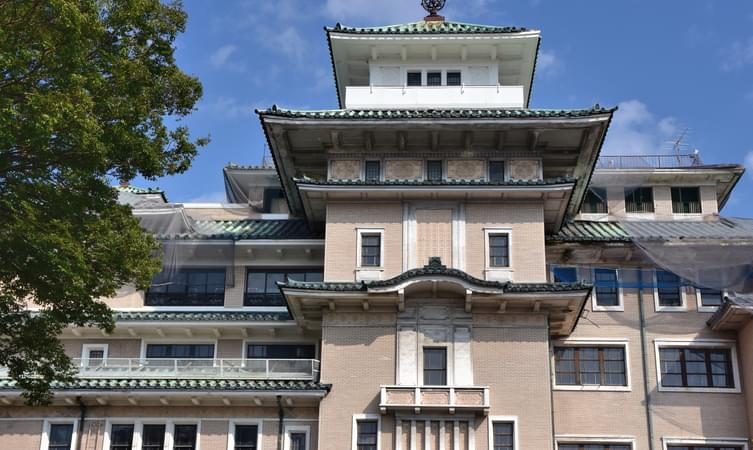
Gion Kobu Kaburenjo Theater, located in Kyoto's historic Gion district, is a renowned venue dedicated to the traditional performing arts of Japan, especially the captivating world of geisha. Established in 1873, this theater serves as the primary stage for the famous annual performances of Miyako Odori, the "Dances of the Old Capital," which showcase the elegance and artistry of Kyoto's geiko and maiko.

- 1D
- Kyoto

- 3H
- Kyoto
Gion
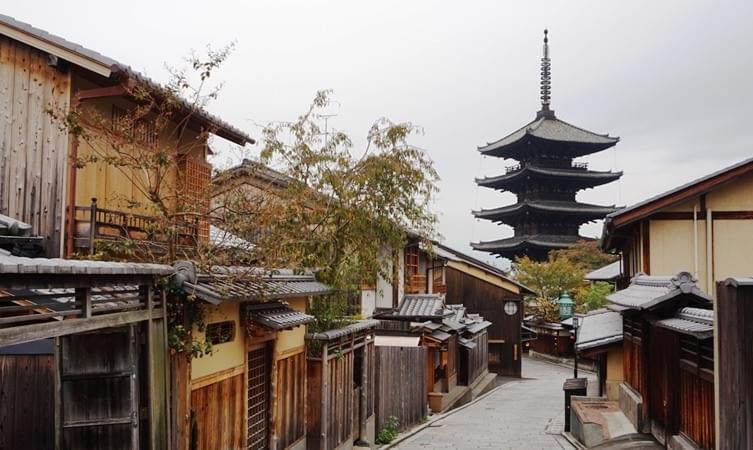
Gion is situated in the eastern part of Kyoto and is renowned for its charming streets, traditional architecture, and the preservation of the ancient Japanese culture. The district is particularly famous for its role in the development and continuation of the geisha tradition.
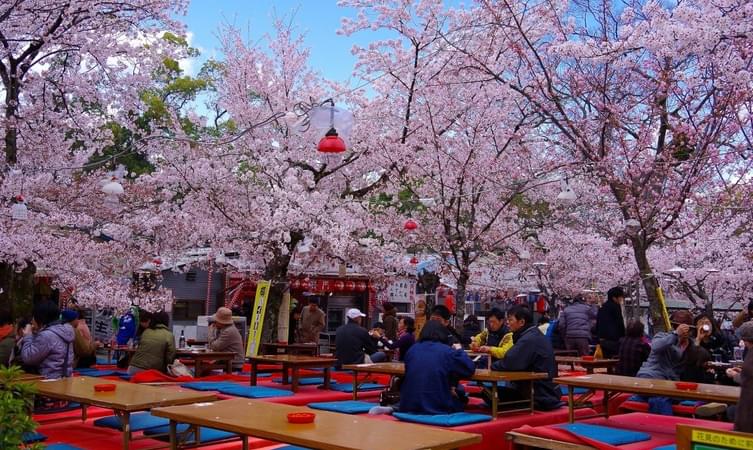
Maruyama Park in Kyoto, Japan, is a serene oasis nestled in the historic Higashiyama district. This picturesque park, renowned for its cherry blossoms, draws visitors from around the world during the hanami season.
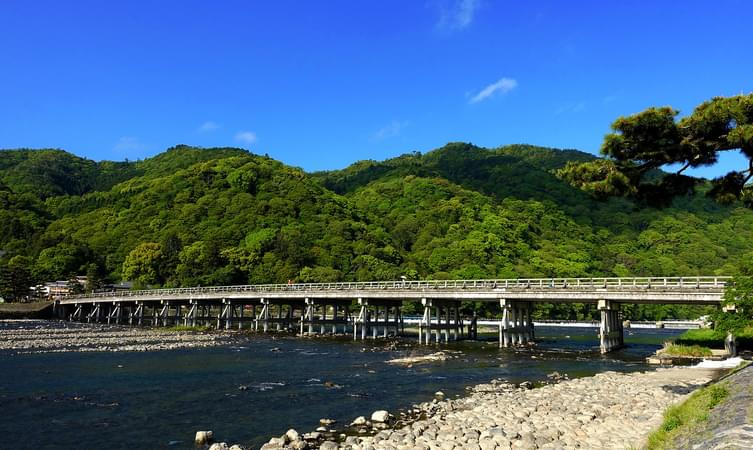
Togetsukyo Bridge, located in Kyoto, Japan, is a picturesque landmark renowned for its breathtaking views of the Arashiyama district. Spanning the Hozu River, this iconic bridge translates to "Moon Crossing Bridge," reflecting the ethereal beauty of the surrounding landscape. Constructed in the 9th century and later reconstructed in the 1930s, the bridge seamlessly blends traditional Japanese architecture with modern engineering. Surrounded by lush bamboo groves and cherry blossoms, Togetsukyo offers a captivating panorama of the changing seasons, making it a popular destination for tourists and locals alike.

- 1D
- Kyoto

- 3H
- Kyoto

- 1D
- Kyoto
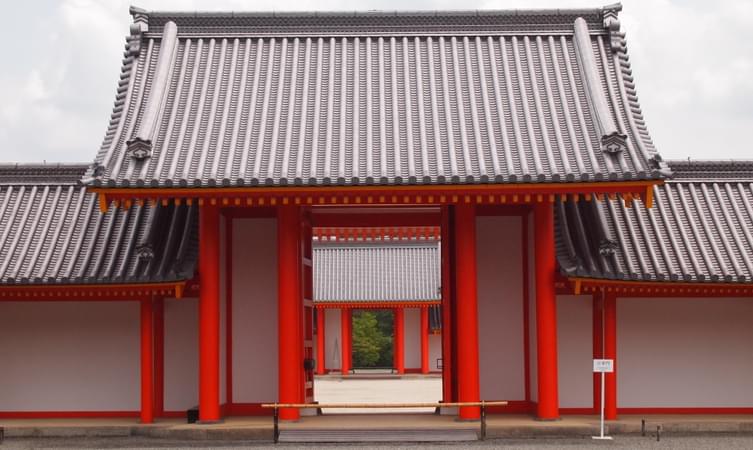
The Kyoto Imperial Palace is nestled in the heart of Kyoto, Japan. It is a historically popular site that boasts great importance because it served as the residence of the Imperial Family until the capital moved to Tokyo in 1869. This magnificent complex, enclosed by long, earthen walls, is situated within the expansive Kyoto Imperial Park, a serene area frequented by both locals and tourists.
Top Experiences To Do in Kyoto Imperial Palace

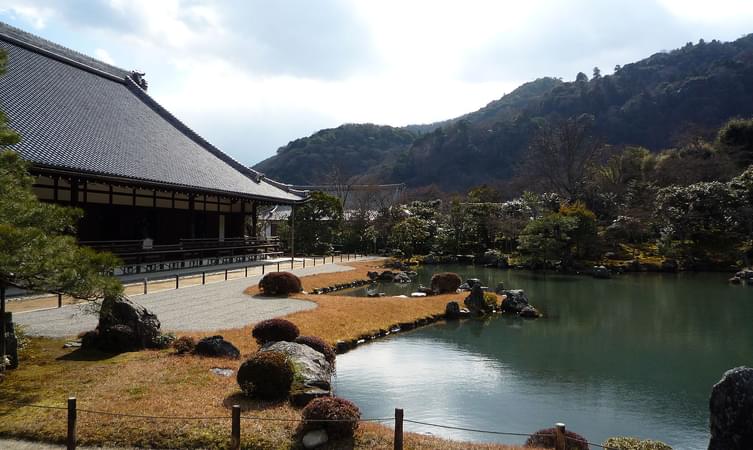
Tenryuji Temple, located in the scenic Arashiyama district of Kyoto, Japan, is a renowned Zen Buddhist temple with a rich history dating back to the 14th century. Established in 1339 by Ashikaga Takauji, the temple is celebrated for its exquisite gardens and cultural significance.
Arashiyama
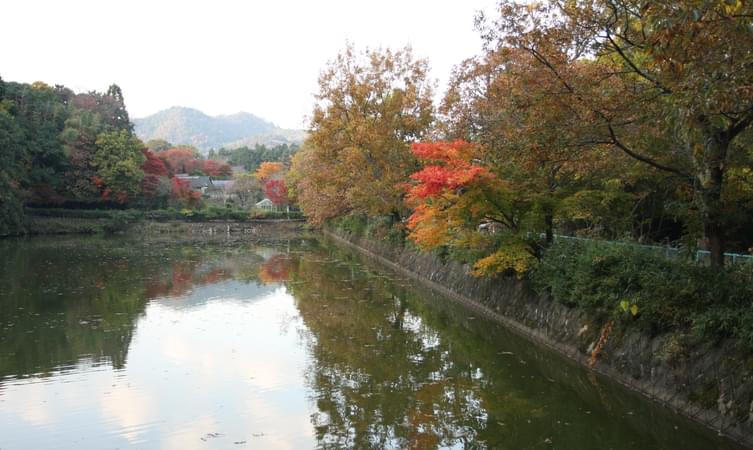
Arashiyama, situated in Kyoto, Japan, is a captivating district that seamlessly blends natural beauty with cultural heritage. Renowned for its serene atmosphere, the area is particularly famous for the enchanting Arashiyama Bamboo Grove. This lush bamboo forest creates a surreal landscape, with towering bamboo stalks forming a canopy that filters sunlight, casting a serene green glow.
Top Experiences To Do in Arashiyama


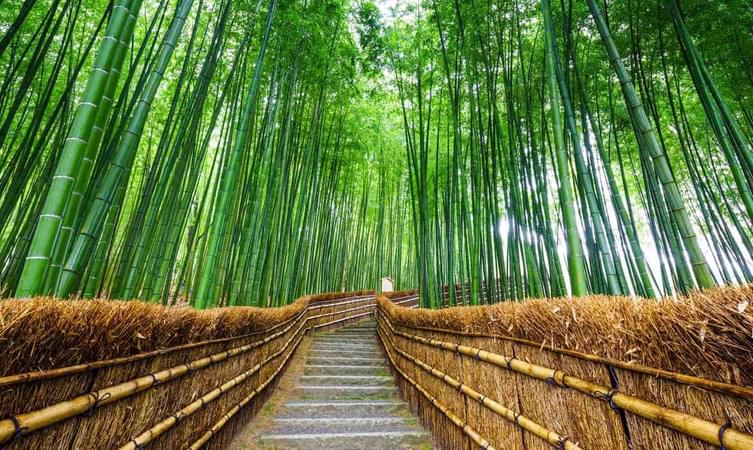
A visit to Arashiyama is incomplete without checking out the bamboo grove. This is one of the most iconic locations in Arashiyama and has a popularity across the world. This bamboo grove is open round the clock, so you can check out this place at any time of the day. It is up to 600 metres long and passes through the Arashiyama station and the Tenryuji temple.
















